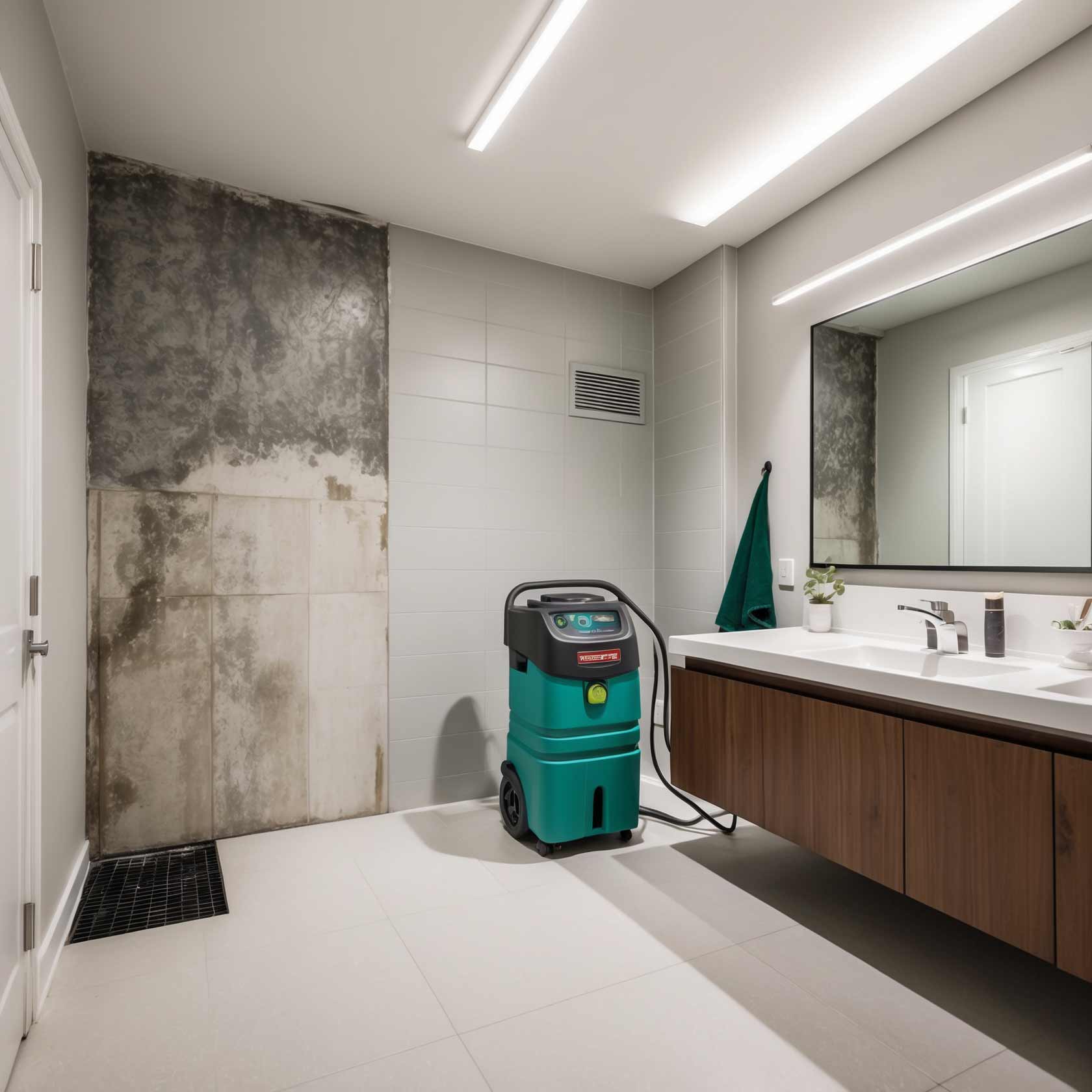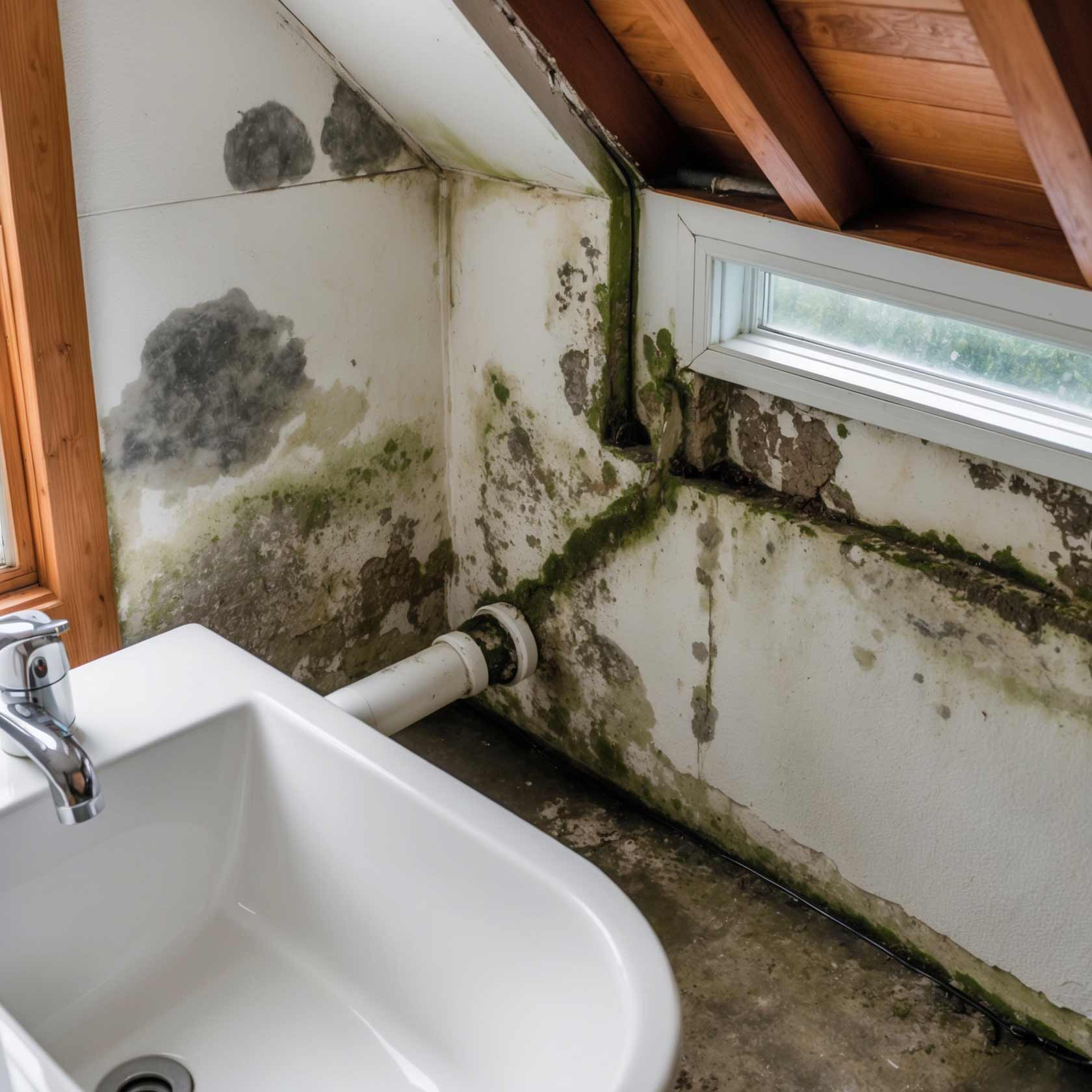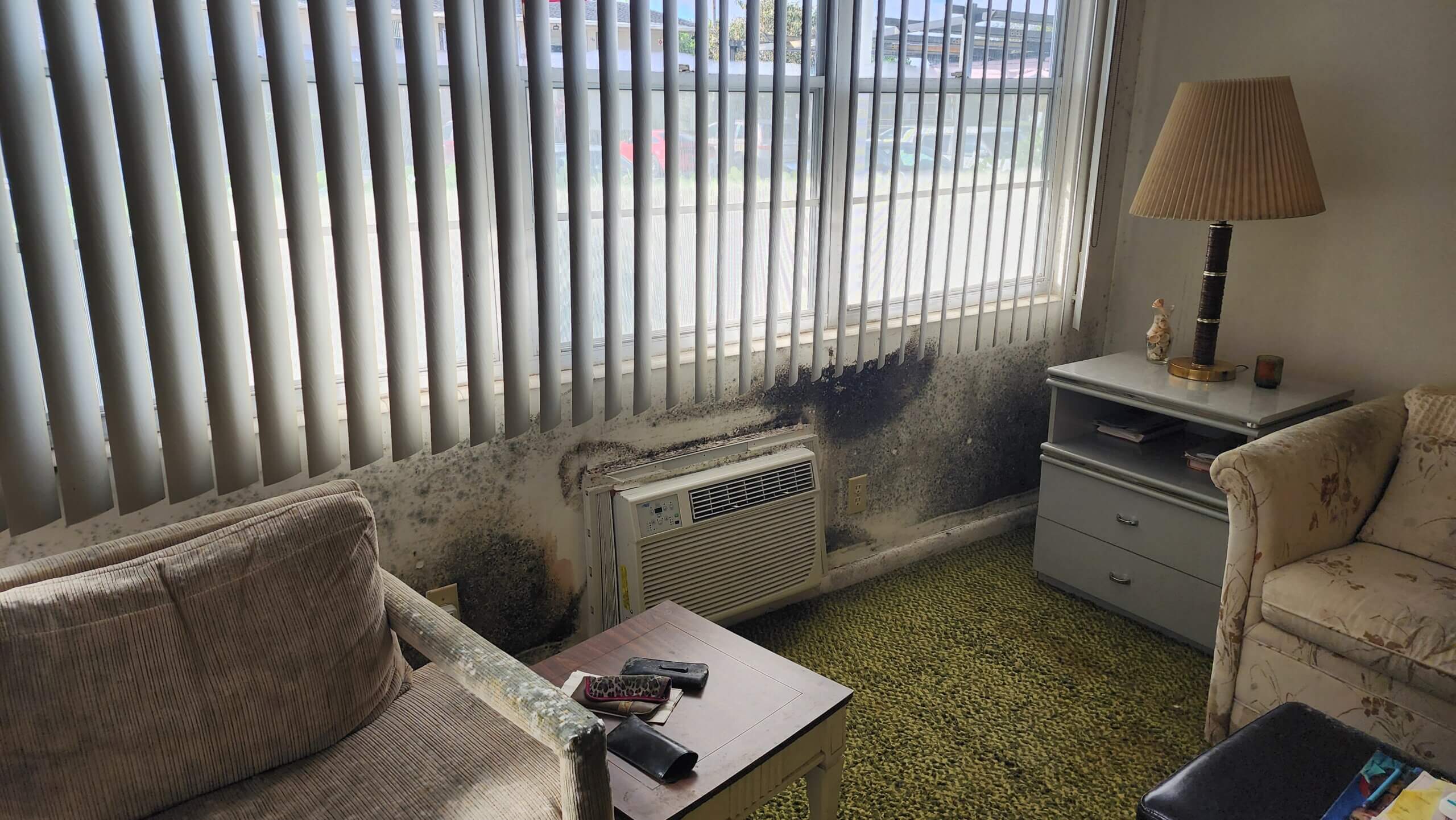DIY Mold Removal: Is It Safe and Effective to Tackle Mold on Your Own?
Introduction
Mold—just the mention of it can send shivers down the spine of any homeowner. Not only does mold represent an unsightly blemish on your living space, but it also poses health risks and structural damage if left unchecked. The question many homeowners grapple with is whether they should tackle mold removal on their own or call in the professionals. This article delves into the intricacies of DIY mold removal, weighing its safety and effectiveness against hiring experts. By the end, you’ll be equipped with the knowledge to make an informed decision about removing mold from your home.
DIY Mold Removal: Is It Safe and Effective to Tackle Mold on Your Own?
When confronted with a mold problem, many people consider taking matters into their own hands. DIY mold removal can be tempting; after all, who wouldn’t want to save money and feel empowered by resolving their issues? But how safe and effective is this approach?
Understanding Mold Growth
Before diving into DIY mold removal techniques, it's crucial to understand what mold is mold removal techniques and why it thrives in certain conditions.
What is Mold?
Mold is a type of fungus that grows in multicellular structures called hyphae. It reproduces through spores that are airborne and can easily find their way into homes.
Conditions Favoring Mold Growth
Mold loves damp, dark environments. Common areas where mold flourishes include:

- Bathrooms
- Basements
- Kitchens
- Around leaky roofs or windows
Knowing these hotspots can help you focus your efforts during remediation.
Health Risks Associated with Mold Exposure
Mold isn't just a nuisance; it can have serious health implications for those exposed to it.
Common Symptoms of Mold Exposure
Exposure to mold can lead to various health issues including:
- Respiratory problems
- Allergic reactions
- Skin irritations
- Headaches
For individuals with compromised immune systems or respiratory conditions like asthma, these risks are even more pronounced.
Assessing the Extent of the Problem
Before jumping into DIY mold removal, assess how extensive the problem is.

Identifying Small vs. Large Infestations
A small patch (less than 10 square feet) may be manageable for a DIY approach, while larger infestations may require professional intervention.
Signs That Indicate Professional Help is Needed
Indicators that you might need professional help include:
- Extensive water damage
- Persistent musty odors
- Visible structural damage
Preparing for DIY Mold Removal
If you've determined that a DIY approach is feasible, preparation is key.
Essential Safety Gear for Mold Removal
Before you start cleaning, don appropriate safety gear such as:
- N95 respirator mask
- Rubber gloves
- Protective goggles
- Disposable coveralls
These items will protect you from inhaling spores or coming into direct contact with potentially harmful substances.
Effective DIY Techniques for Mold Removal
Now that you're prepared let’s discuss effective techniques for tackling mold yourself.
Using Soap and Water for Surface Cleaning
For minor surface molds, using soap and water can be surprisingly effective.
This method works best on non-porous surfaces like tiles or glass.
Vinegar: A Natural Alternative for Mold Removal
Vinegar has natural antifungal properties which make it an excellent choice for combatting smaller infestations.
While vinegar works well on most surfaces, avoid using it on natural stone since acidity can cause damage.
Baking Soda Solution for Tougher Jobs
Baking soda not only deodorizes but also acts as a mild abrasive that helps remove stubborn molds.
This method works effectively when combined with vinegar treatment—apply vinegar first, then follow up with baking soda after rinsing!
Preventing Future Mold Growth: Tips & Tricks
After successful removal comes prevention; no one wants to repeat this laborious task!
Controlling Humidity Levels in Your Home
Keeping indoor humidity below 60% is crucial in preventing future growth:
- Use dehumidifiers
- Ensure proper ventilation
- Use exhaust fans in bathrooms and kitchens
Regular Maintenance Checks Around Plumbing Fixtures
Routine checks around faucets, sinks, toilets, and bathtubs help catch leaks early—this proactive measure significantly reduces potential moisture buildup conducive to mold growth!
When DIY Goes Wrong: Recognizing Red Flags
Despite your best efforts in DIY mold removal, things may not always go according to plan.
Indicators You Should Stop Trying Yourself
If you notice persistent symptoms despite remediation efforts or if large patches of mold keep reappearing even after cleaning attempts—you may need professional help!
FAQs About DIY Mold Removal
Let’s address some common questions regarding DIY approaches:
1. Can I use bleach for mold removal?
Answer: While bleach can kill surface molds effectively, it doesn't penetrate porous materials deeply enough to eliminate roots; thus it's not recommended as a standalone solution.
2. Is there any specific temperature range ideal for cleaning?
Answer: Most molds thrive between 77°F - 86°F (25°C - 30°C). It's best to clean during cooler periods if possible!
3. How do I know if I've completely removed all traces of mold?
Answer: After thorough cleaning allow areas time to dry completely; monitor them over weeks—if no new growth appears within this timeframe—it’s likely resolved!
4. What should I do if I have allergies while performing cleanup?
Answer: If allergic reactions occur during cleanup cease immediately! Use protective equipment next time or consider hiring professionals instead!
5. Will my home insurance cover professional remediation services?
Answer: Coverage varies greatly depending on policy inclusions—check your individual terms or consult your insurer!
6.Should I wait until springtime when air quality tends better?
Answer: Ideally yes! Spring often brings drier weather which limits moisture accumulation enabling easier cleanup without exacerbating conditions inside!
Conclusion: Weighing Your Options Carefully
In summary, while DIY methods are viable for minor cases of mold infestation—it’s essential to assess both safety risks & extent beforehand! When done correctly—with proper precautions—they can prove effective at reducing household hazards without breaking bank accounts! However when faced with larger issues or persistent symptoms seeking out trained specialists remains prudent alternative ensuring thorough eradication protecting overall well-being along high standards expected from reputable services available today!
So next time you think about engaging in “DIY Mold Removal: Is It Safe and Effective to Tackle Mold on Your Own?”, weigh these insights carefully before embarking upon this often daunting journey alone!
